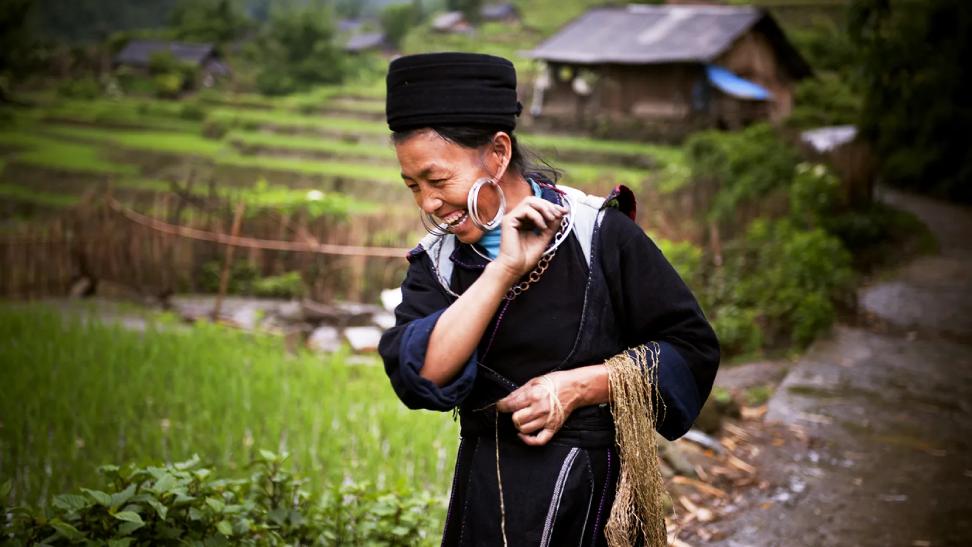King 567, Betbhai247, Apbook247: Traditional Indigenous practices are deeply intertwined with the natural world, relying on predictable weather patterns for ceremonies, harvests, and spiritual gatherings. However, the impacts of changing weather patterns are disrupting these practices, making it increasingly challenging for Indigenous communities to maintain their cultural traditions. For instance, irregular rainfall patterns can affect the timing of planting and harvesting, throwing off the seasonal rhythms that have guided Indigenous practices for generations.
Moreover, the intensification of extreme weather events, such as droughts and wildfires, poses a significant threat to traditional Indigenous practices. These events not only jeopardize the physical safety of community members but also have long-term consequences on the availability of natural resources essential for cultural practices. The loss of access to certain plants, animals, or water sources due to climate-related disruptions can erode the foundations of Indigenous traditions, leading to the potential loss of knowledge that has been passed down through oral histories for centuries.
- � Indigenous communities rely on predictable weather patterns for ceremonies, harvests, and spiritual gatherings
- � Changing weather patterns disrupt traditional practices by affecting planting and harvesting timing
- � Intensification of extreme weather events like droughts and wildfires threatens physical safety and availability of natural resources
- � Loss of access to essential plants, animals, or water sources can erode the foundations of Indigenous traditions
Loss of biodiversity and its implications for Indigenous communities
The loss of biodiversity poses a significant threat to Indigenous communities around the world. As ecosystems degrade and species disappear, Indigenous peoples are faced with challenges to their cultural practices and traditional ways of life. The implications of this loss extend beyond just environmental concerns, as it also impacts Indigenous peoples’ spiritual beliefs and their connection to the land.
Furthermore, the decline in biodiversity causes food insecurity and economic hardships for Indigenous communities that depend on the land and its resources for sustenance. With dwindling plant and animal populations, Indigenous peoples are forced to adapt to changing conditions or face the risk of losing valuable knowledge and traditions that have been passed down through generations. This highlights the urgent need for conservation efforts that prioritize the protection of biodiversity and the well-being of Indigenous communities.
Impact of rising sea levels on coastal Indigenous populations
Apbook365, Apbook Login, Goexch777: Coastal Indigenous populations around the world are facing increasingly severe challenges due to the impact of rising sea levels. As sea levels continue to rise, these communities are grappling with the disintegration of their homes and traditional lands. The escalating erosion and inundation of coastal territories directly threaten the livelihoods, cultural heritage, and overall well-being of Indigenous peoples who have long resided in harmony with the sea.
The encroaching waters not only pose physical risks but also disrupt the intricate relationship that Indigenous communities have with their surrounding environment. Increased salinity levels in water sources degrade the quality of drinking water and agricultural lands, affecting the food security of coastal Indigenous populations. These changes are not only altering the physical landscape but are also eroding the socio-cultural fabric that binds these communities to their ancestral territories.
How are changing weather patterns affecting traditional Indigenous practices?
Changing weather patterns are disrupting traditional Indigenous practices such as fishing, hunting, and agriculture, leading to food insecurity and loss of cultural heritage.
Why is the loss of biodiversity particularly concerning for Indigenous communities?
Indigenous communities rely on biodiversity for their livelihoods and cultural practices. Loss of biodiversity due to rising sea levels threatens their ability to sustain themselves and maintain their traditions.
How is the rising sea level impacting coastal Indigenous populations?
Rising sea levels are causing coastal erosion, flooding, and saltwater intrusion, all of which are threatening the physical and cultural survival of coastal Indigenous populations.
What are some potential solutions to address the impact of rising sea levels on coastal Indigenous populations?
Some potential solutions include implementing sustainable land management practices, building protective infrastructure, and involving Indigenous communities in decision-making processes related to climate change adaptation and mitigation.
Additional:
- Which Stock Was Banned By Nse On F&O On Monday?
- EPFO Has Invested Rs 1.88 Lakh Crore In ETFs In Five Years: Data
- Rolls-Royce Makes History By Making The World’s Most Expensive Car La Rose Noire Droptail Is Worth Rs 211 crore


